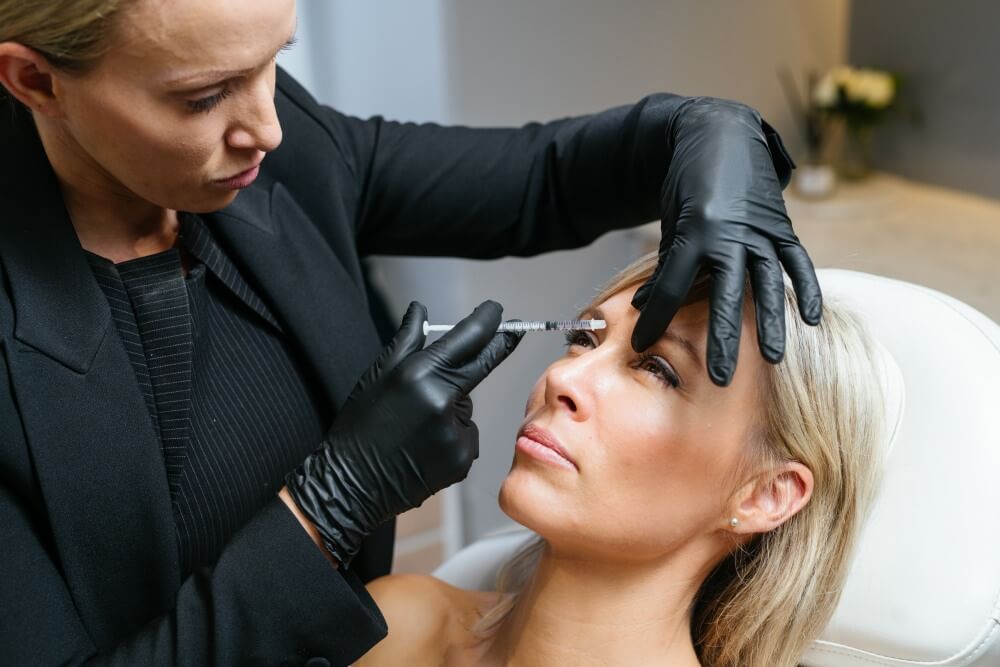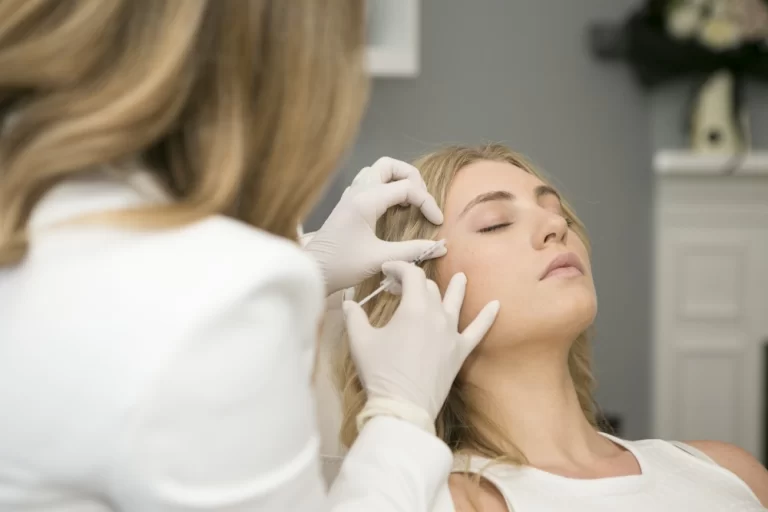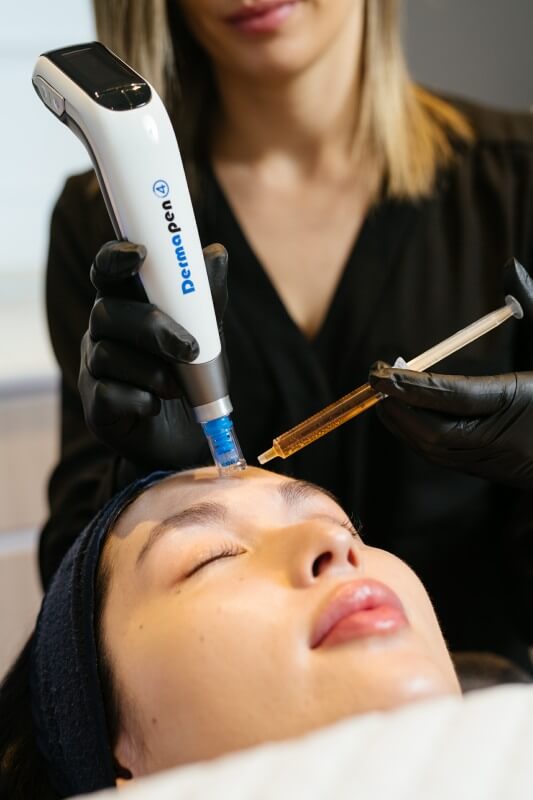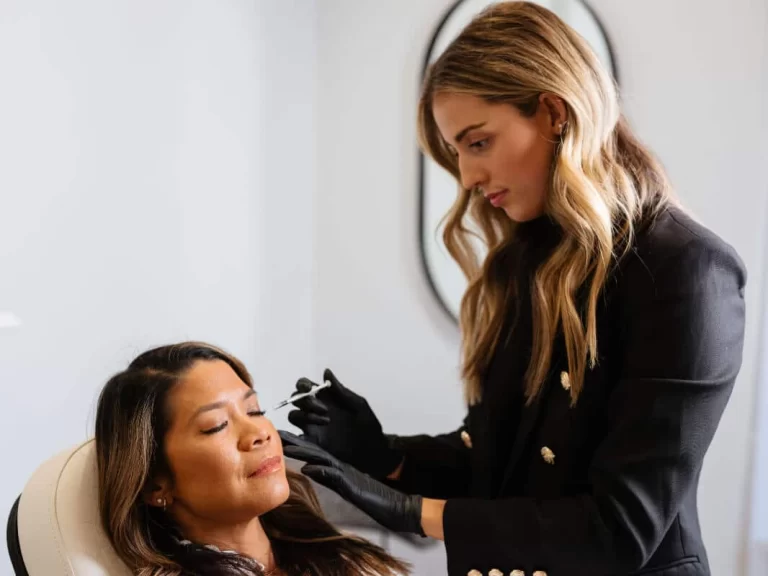One of the most common questions I get asked before I perform a cosmetic injectable treatment is ‘will I get a bruise?’ and ‘how do I make a bruise go away faster?’.
I always tell patients that bruising is unpredictable and caused by a multitude of factors. It is a part of the recovery process from any treatment – from anti-wrinkle injections to dermal fillers, and as such, we must anticipate bruising as a possibility.
If a bruise occurs, it is in no way a disaster and will in no way affect the end result of the treatment.
Bruising is often a tell-take sign that someone has had a cosmetic treatment and can sometimes lead to awkward questions and embarrassment. It is therefore important to prepare for any possible down time with these treatments and to not schedule any big social events for the week following a treatment, just in case a bruise does happen.
So what can we do to minimise the risk?

BRUISE PREVENTION
1) MEDICATION – common medicines such as aspirin and anticoagulants can affect your bodies clotting ability predisposing to bleeding and easy bruising. Steroid treatments and non-steroidal anti-inflammatories can affect clotting and cause easy bruising. Even over the counter medications such as vitamin E, fish oil. Garlic, St Johns Wart and omega 3 fatty acids can increase the risk. The best thing is to AVOID any of these medicines for at least 7 days prior to any treatment unless medically indicated (such as aspirin).It is important to discuss your medications and medical history with your doctor prior to having any cosmetic treatment.
2) ALCOHOL– drinking alcohol can increase clotting time and increase the risk of bruising. If you want to help decrease the risk of getting a bruise do not touch alcohol for at least 7 days prior to a treatment (and for 7 days afterwards).
3) ARNICA – taking arnica supplements prior to (5-7 days) and after any treatment can help to reduce the risk
4) VITAMINS – increasing your intake of vitamin K, vitamin D and Zinc can all help to reduce the risk of bruising
5) COOLING – Cooling the skin with ice or a cool compress both during injections and following the treatment can reduce the risk of a bruise developing or getting worse
OTHER FACTORS
1) Medical history – certain medical conditions can cause increased bruising such and liver and haematological disease, old age, vitamin deficiencies such as Vitamin C and Iron deficiency
Unfortunately a bruise can still develop despite our best intentions. This is sometimes due to practitioner factors such as poor lighting, a treatment room that is too hot, poor positioning of the patient and needle techniques causing multiple skin punctures and hence more damage to the skin. Needle size and selection is important and in general the use of a microcannula can decrease the incidence of bruising. However, there are certain situations when a needle is required and the risk of a bruise must be accepted.
A bruise can happen with the very best cosmetic physicians, and if one does occur it is important to care for it to speed up the healing time. Bruising after injections can sometimes be scary for the patient (and look awful) but rest assured even the biggest bruise (or haematoma which is a collection of blood under the skin) will resolve naturally without any intervention. Effective aftercare and patience is key in these situations.
BRUISE TREATMENT
1) Apply a cool compress to the skin for the first 24 hours to encourage vasoconstriction. Using a cool compress for 10 minutes every hour will help to minimise any bruise formation.
2) Do not massage or apply heat to the area as this may make the bruise larger and cause more trauma to the area.
3) Avoid any heat inducing activities after treatment (even if no bruise is evident) as this can increase blood pressure and blood flow to the area. This includes heavy exercise, hot spas and showers and steam rooms.
4) Apply a vitamin E, vitamin K and/or arnica healing cream. This can help to fade a bruise and aid in the healing process.
5) Arnica and bromelain (derived from pineapple) supplements can also reduce bruising and swelling.
6) LED (such as the HEALITE) and pulsed dye laser can be used in some cases for significant bruising. We offer Healite II LED treatments to patients who develop bruising, and the treatment can be added on to any cosmetic injectable treatment immediately afterwards as a way to reduce the risk of developing a bruise, and also to encourage healing and a reduction in swelling.



